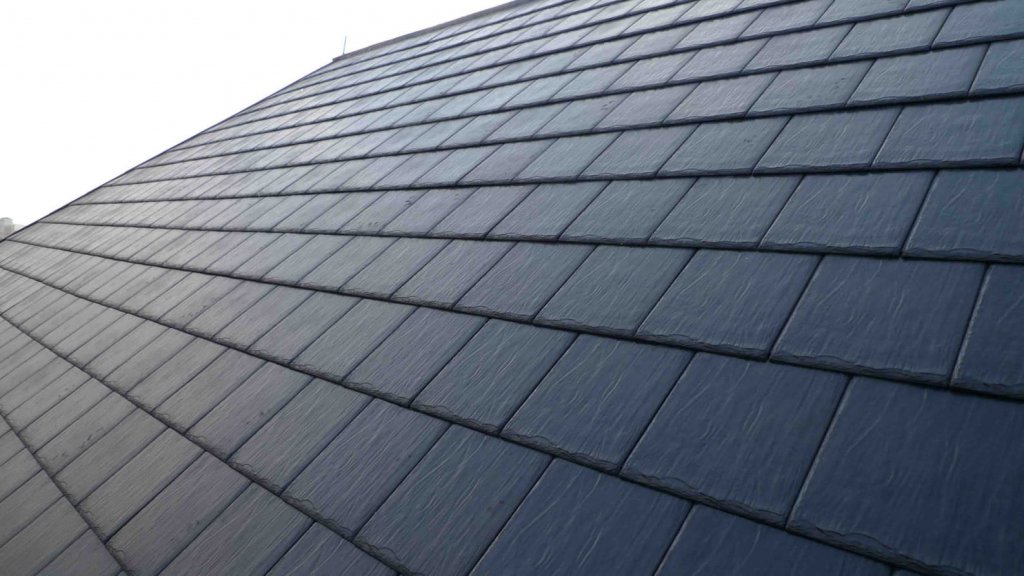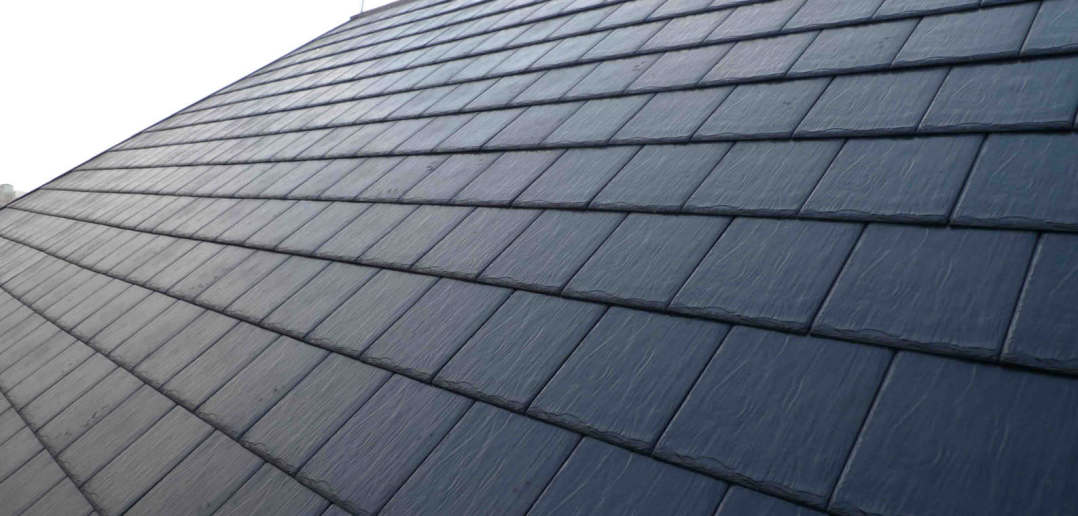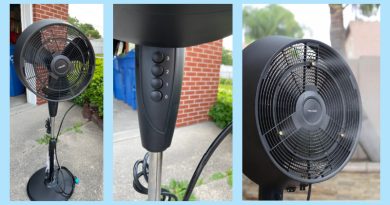Slate Roofs: What Should I Know?
The United Kingdom has a rich history of slate mining and for this reason the rock is omnipresent on rooftops throughout the countryside – particularly in areas close to slate mines. The technology is among the oldest in roofing and has been in use in England since the Victorian era, when the advent of the steam engine opened up new markets for England’s slate mines. Slate roofing therefore enjoys a well-earned place in the country’s architectural heritage. Whether you need routine maintenance or replacement, there are a few questions to ask to ensure you get the greatest pricing and work with the proper roofing contractor when collecting roofing quotes.
What is slate?
Slate is a fine-grained metamorphic rock whose structure, consisting of a number of layers. These layers can be prised apart with relative ease, making slate especially suited to applications which require a thin, yet hard and strong material. As such, tiles of slate are often found comprising walls, floors and ceilings – but it is perhaps most commonly found on rooftops.
Natural Slate vs. Man-made slate
Not all slate is created equally. Those considering building a slate roof must weigh up a number of options. They will need to decide whether they want to build a roof from natural slate, or from a synthetic substitute.
Natural slate varies a great deal in price – and the greatest contributing factor to this variation is the place from which the slate originates. The overwhelming majority of slate in Europe emanates from Spain and consequently Spanish slate is cheaper than that mined elsewhere. That said, Wales also has an active slate industry, at reduced shipping costs to the UK. Some claim that welsh slate is superior to its continental rivals and there is a lot of anecdotal evidence to support this; both Wales and Spain are, however, capable of producing both good and bad slate and so it is important to ensure that the slate you buy is of sufficient quality.
But how can one tell the quality of a slate? The first step is to ensure that the slate meets European Standard BS EN 12326. From there, you can inspect some of the qualities of the slate in question. You should be looking for a water absorption rate of less than 0.6%, as a lower rate will vastly improve the slate’s longevity. Another quality to look out for is a slate’s carbonate content; high levels will make the slate more prone to discoloration later in life.
Man-made is undoubtedly cheaper than its natural counterpart, both in terms of raw material and installation. However, there are some drawbacks which may cause many to hesitate.
While naturally occurring slate is invariably strong, artificial slate is weak and brittle. This difference is of particular importance when it comes to flooring, for obvious reasons, but it is significant in terms of roofing, too. Depending on its location, a roof will occasionally have to contend with wildlife, falling branches and errant footballs. An artificial slate roof is likely to shatter in such a circumstance. A natural slate roof, on the other hand will be far more resilient and therefore far more easily maintained.
One must also consider the longevity of the material. While natural slate roofs can last for more than a century, artificial slate will last at most a few decades. Furthermore, the color of an artificial slate tile is far more prone to fading over time. While a natural slate will retain its distinctive dark-grey for decades, its artificial counterpart will turn to a rather unattractive pale color.
That genuine slate should be long-lasting is perhaps unsurprising. A slate tile, after all, has existed for many millions of years in its natural form. For this reason, it is almost always better to invest in a quality slate rooftop. The sole exceptions to the rule would occur when you are looking to sell a property and are having trouble doing so because of the roof. In such a circumstance, it might be better to replace the rooftop cheaply. By the same token, those in the market for a house with a slate roof should be sure to ascertain exactly what sort of slate the roof has been made from before parting with any money.
Seek professional help
Before you commit to either of the two options, you will first want to consult a qualified roofer like Avalanche Roofing & Exteriors. They will be able to conduct a thorough inspection of your existing roof. From there, they will be able to talk you through the various pitfalls that might be encountered as the roof is tiled and offer advice as to how these pitfalls can best be avoided. Marcus Roofing, a midlands-based roofer with extensive experience of both tiling and slating, will be able to help. Their website can be found at www.marcusroofing.co.uk.





